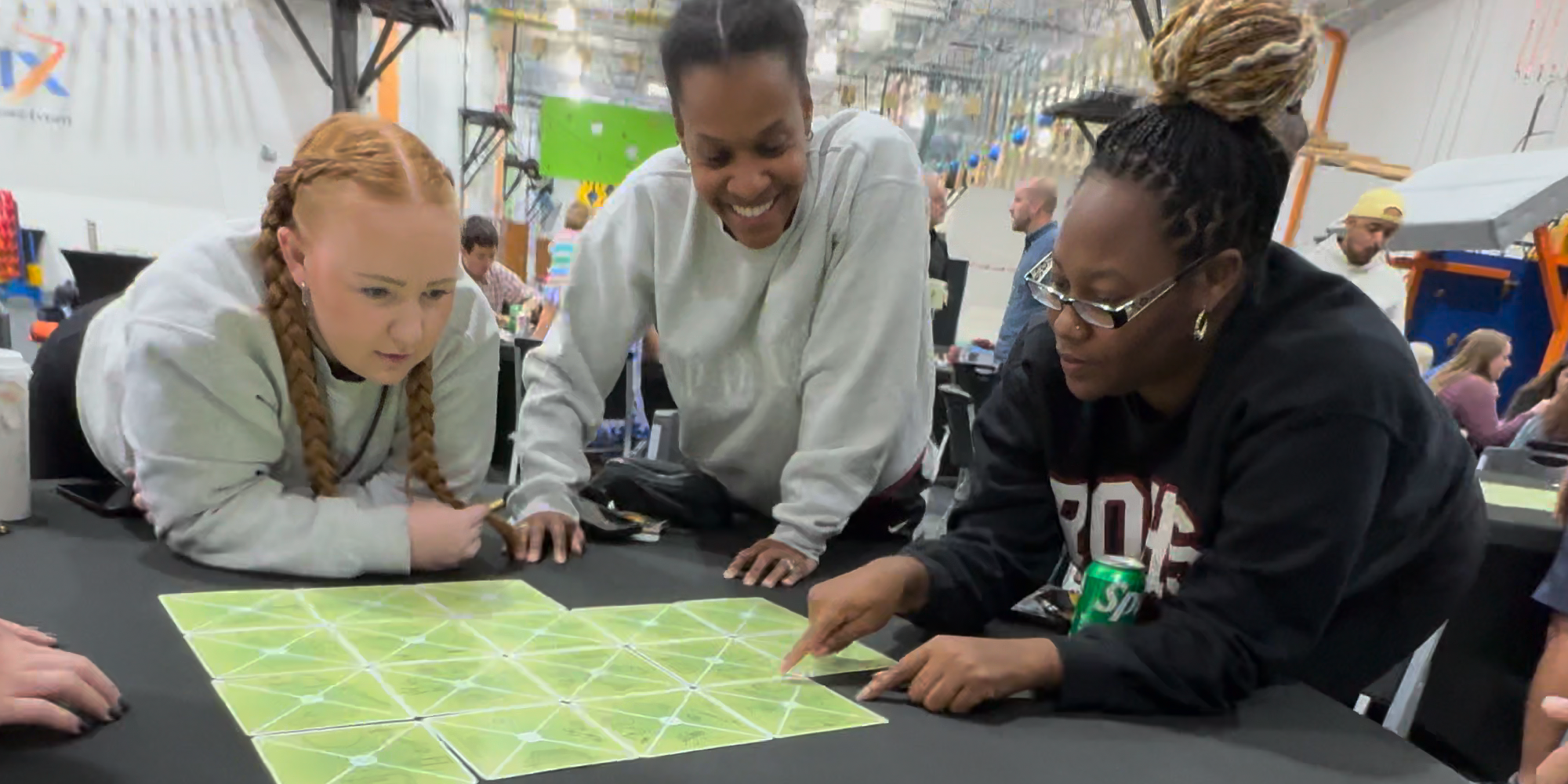Oooo, I love this question. It strikes at the heart of an effective debrief or reflection session.
A participant at a recent training asked me…
Is silence good in a debrief, and how long is effective?
My quick, knee-jerk reaction to this question is: How long is a piece of string?
That is to say, the answer always varies.
So, let’s look at a few of these variables.
When Is Silence in a Debrief Effective?
We’ve all sat through an awkward silence soon after asking our group a question in a purposeful debrief or reflection session.
You might wonder if they heard you, if they understood the question, or if they are even listening to you.
Silence should never excuse a poorly prepared group or a poorly framed or timed question (see next section below,) but there are many reasons why silence can be a good thing during the course of a time of reflection. Here’s a quick list of when silence is useful or positive in a debrief.
- Time For Thinking – Not everyone will have an answer on the tip of their tongue. There is also value in permitting a little time to elapse for those who have quick answers to reconsider their responses. A useful strategy I often call on is to invite people to speak briefly with a partner first before turning the attention back to the larger group because it deliberately builds in thinking and rethinking time for all.
- Structured Preparation – When deliberately structured, silence is good for those less inclined to put their hands up first and typically need more time to think. It might sound like this: “In a moment, I’m going to ask a question, and I would like everyone to wait at least 20 seconds before I invite a response…” Your debrief may also reflect a structured strategy such as the Whip Around, which gives most people ample time to think of a response.
- Empowers Your Group – If you jump in too early because the silence following your question frightens you, your group will soon learn to wait a while for you to answer your own questions. Allow for a pause and get comfortable with the silence. Again, this pause should never excuse a poorly framed question, but more often than not, someone will eventually break the silence and respond.
- Used as a Tool – It is fair to say that you can use silence as a tool to give your group permission to dive deeper. Building on the strategies discussed above, you can use silence in a debrief to focus your group’s mind on the significance of an event or perhaps on those things that are not being said. The longer the silence, the more significant it becomes.
When Is Silence in a Debrief Bad?
Looking beyond those reasons or strategies above, there are ample reasons to suggest that silence occurring in a debrief may indicate bigger issues.
For example, in my experience, one of the most powerful reasons groups sit in silence during a debrief is because the group is not a psychologically safe place to contribute. This is a tough nut to crack. You may sense that plenty of people have something to say, but some force is holding them back.
In these moments, if I think the question may challenge the group (but it’s still important to ask,) I invite people to partner up and share their responses with just one other person. This is a lot safer for most people to share. The bonus is that if their response is greeted with agreement, this person may feel more comfortable speaking up in the larger group.
Generally speaking, groups that exist in this environment need a LOT more time devoted to building stronger connections and relationships (a topic for another time.)
Here are three more reasons your questions may be the reason you have invited a silent response:
- Poorly Worded/Framed Questions – These are two of the most common reasons your group may sit silently during a debrief. If you sense that your group is staring back at you blankly, rephrase your question and/or make it shorter.
- Too Much Too Soon – Maybe your question dived into the crux of the issue and did not give the group time to approach it slowly. If necessary, break the question into smaller parts and build up to the more difficult topics.
- Closed Questions – More often than not, it is better to ask an open-ended question than a closed question. For example, you will engage your group more effectively when you ask, “How might you describe how your group communicated during the exercise?” rather than “Do you think your planning was successful?” The latter creates a lot more dead space in the conversation, whereas an open-ended question invites a great deal more contribution.
Refine Your Debriefing Skills
playmeo has produced 60+ video tutorials focused on facilitation tips and strategies, including four devoted to the Why? What? When? and How? of debriefing.
Do yourself a favour and spend a few minutes watching these to hone your reflection skills and strategies.
The WHY of Debriefing The WHAT of Debriefing
The WHEN of Debriefing The HOW of Debriefing
Hone Your Facilitation Skills
One of the most powerful ways to develop and enhance your group facilitation skills – especially in the context of group games & activities – is to join playmeo’s learning community.
You will immediately expand your repertoire of activities and learn how to lead groups with confidence and ease.
Click the button below to get started.
Start 7-Day Free Trial

No Props? No Problem!
Get 150+ no-prop games & activities + exclusive 30-day free trial of playmeo. Scan QR codes to view activity videos, leadership tips, etc.

EMOJI Feeling Cards
50+ cards that portray a range of emotions from happy, sad, angry & confused. Ideal for building emotional literacy skills.

Wow, you’ve been busy!
You can open 1 more
activity for free.
Limit resets every 24 hours
or click below to get unlimited access.











Original post September 2023, last updated November 2023.